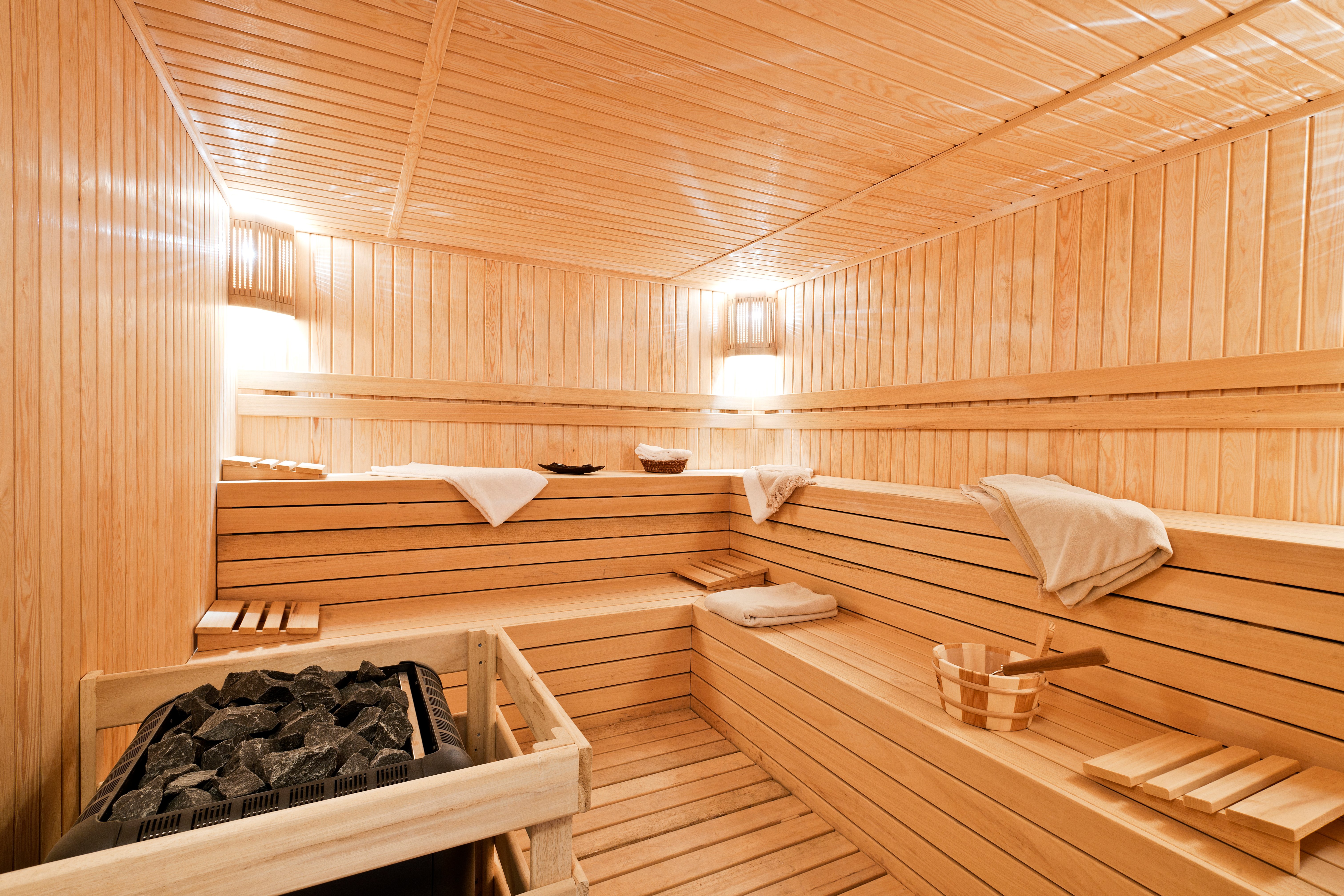

Connect
June 29th, 2025
3 min. read

In today’s fast-paced world, your schedule is likely filled with work, family, and everyday responsibilities. Finding time to unwind can feel like a challenge. But rest isn’t just important—it’s essential for your long-term well-being. If you’re looking for a way to bring that sense of balance and wellness into your daily life, a sauna could be the perfect addition to your home.
More homeowners are exploring wellness-focused design, seeking ways to make their home feel more like a sanctuary. As wellness features become more common in residential architecture, the big question is: Which sauna type fits your needs best—traditional or infrared?
At AV Architects + Builders, we’ve helped many homeowners design personalized wellness spaces, from dream bathrooms to zen-inspired bathrooms. Based on that experience, we’ve gathered what you need to know to make an informed decision about saunas that support your health, comfort, and lifestyle. Our process involves understanding how you live, what comforts you seek, and how your home can become a foundation for well-being.

Traditional saunas have been used for generations. These rooms are usually built with wood interiors and operate using an electric heater or wood-burning stove. The heat warms the air, creating an environment where temperatures range from 150°F to 195°F. Water poured over heated stones can produce steam, adding a layer of humidity to the experience.
This kind of sauna encourages deep sweating, improves circulation, and supports relaxation. It’s not just about heat—it’s about creating a space that promotes physical restoration and mental calm. If you appreciate the timeless, full-body warmth and cultural tradition, a traditional sauna may align well with your preferences. Whether you’re coming home from a long day or recovering after a workout, the warmth can provide a natural form of therapy.
You can learn more about how these systems function from Saunas.com – Infrared vs Traditional Saunas.
Infrared saunas take a different approach. Instead of heating the air, they use infrared light to gently warm your body from within. These saunas operate at lower temperatures—between 120°F and 140°F—yet still offer wellness benefits like relaxation and detoxification.
Because infrared heat penetrates muscle tissue, it’s often used for relief from soreness, stiffness, or inflammation. Many people enjoy the calming experience of infrared heat, especially those with sensitivities to high heat or who want longer sessions without the intense temperatures of a traditional sauna. If you’re sensitive to heat or prefer longer, more comfortable sessions, an infrared sauna may be a great fit. They’re also more energy-efficient and tend to be easier to install in a variety of home spaces.
They fit seamlessly into smaller homes or multi-functional spaces where traditional saunas might not be feasible. For a side-by-side breakdown, visit UltraCryoRecovery – Technical Breakdown. If you’re looking for health-specific insight, GoodRx – Infrared Sauna Health Benefits provides a user-focused overview.
Both traditional and infrared saunas offer strong wellness benefits. The right choice depends on how you plan to use it, your comfort level with heat, and your available space.
There’s no wrong choice—only what best fits your lifestyle and goals. Some prefer the ritual of heating up a traditional sauna and relaxing with the steam. Others like the convenience of flipping a switch and settling into an infrared sauna for muscle relief and mental clarity. If you're also rethinking your layout, our post on Comparing Bathroom Layouts might be useful as you plan your space around your new sauna.

In addition to traditional and infrared options, there are other types worth mentioning:
These options offer unique experiences that appeal to specific preferences. For instance, if you're designing a spa-like space and want something distinct, a steam room can add a luxurious feel. While less common in residential settings, these variations are still worth considering, especially if you're already planning a home wellness retreat. If you're considering a broader wellness setup, our Bathroom Storage Solutions article can help you keep everything organized and serene.
Think about your daily habits, long-term health goals, and the type of wellness experience you want. Do you love the idea of high heat and tradition? A traditional sauna may be right for you. Do you prefer something more energy-conscious and gentle? Consider an infrared sauna.
Each sauna type has its strengths—it’s all about matching those strengths to your lifestyle. Our role is to help you understand how each option fits into your home and how to implement it in a way that enhances your day-to-day routine. At AV Architects + Builders, we’re here to help you integrate the right solution into your home—one that complements your space, your vision, and your wellness goals.

Rustic Modern, McLean, Virginia, AV Architects + Builders, Photography by Stacy Zarin
Adding a sauna to your home is more than a design feature—it’s a decision that enhances your quality of life. Whether you choose traditional or infrared, you're investing in a space that promotes peace, relaxation, and lasting health.
There’s something powerful about creating a space where you can unwind, reflect, and recharge—right in your own home. Looking to take the next step? Visit our Learning Center for expert articles, insights, and design inspiration—or reach out to us to get started. Let’s design a home that reflects your values and helps you thrive.